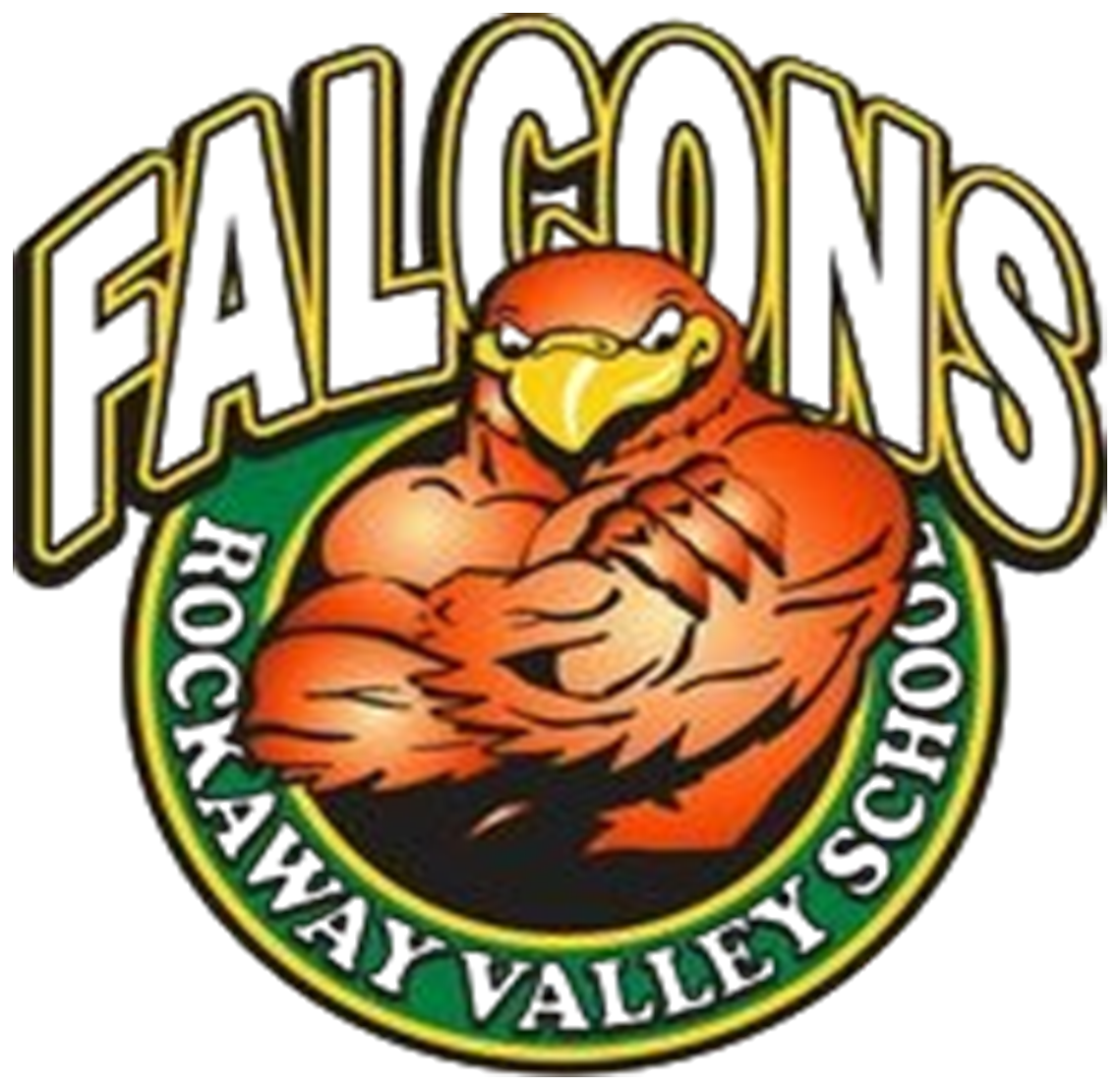Mrs. Hayes Speech Resources
Communication Skills:
The following information is from the American Speech Hearing Association (ASHA). For additional information, please visitwww.asha.org. Similar to articulation, it is important to remember that children develop communication skills at different rates.
By the end of kindergarten your child should be able to do the following:
Listening & Speaking
Follow 1-2 simple directions in a sequence
Listen to and understand age-appropriate stories read aloud
Follow a simple conversation
Be understood by most people
Answer simple "yes/no" questions
Answer open-ended questions (e.g., "What did you have for lunch today?")
By the end of first grade your child should be able to do the following:
Listening & Speaking
Remember information
Respond to instructions
Follow 2-3 step directions in a sequence
Be easily understood
Answer more complex "yes/no" questions
Tell and retell stories and events in a logical order
Express ideas with a variety of complete sentences
Ask and respond to "wh" questions (who, what, where, when, why)
Stay on topic and take turns in conversation
Start conversations
By the end of second grade your child should be able to do the following:
Listening & Speaking
Understand direction words (e.g., location, space, and time words)
Correctly answer questions about a grade-level story
Be easily understood
Answer more complex "yes/no" questions
Ask and answer "wh" questions (e.g., who, what, where, when, why)
Use increasingly complex sentence structures
Clarify and explain words and ideas
Use oral language to inform, to persuade, and to entertain
Stay on topic, take turns, and use appropriate eye contact during conversation
By the end of third grade your child should be able to do the following:
Listening & Speaking
Listen attentively in group situations
Understand grade-level material
Speak clearly with an appropriate voice
Ask and respond to questions
Participate in conversations and group discussions
Use subject-related vocabulary
Stay on topic, use appropriate eye contact, and take turns in conversation
Summarize a story accurately
Explain what has been learned
By the end of fourth grade your child should be able to do the following:
Listening & Speaking
Listen to and understand information presented by others
Form opinions based on evidence
Listen for specific purposes
Use words appropriately in conversation
Use language effectively for a variety of purposes
Understand some figurative language (e.g., "the forest stretched across")
Participate in group discussions
Give accurate directions to others
Summarize and restate ideas
Organize information for clarity
Use subject area information and vocabulary (e.g., social studies) for learning
Make effective oral presentations
By the end of fifth grade your child should be able to do the following:
Listening & Speaking
Listen and draw conclusions in subject area learning activities
Make planned oral presentations appropriate to the audience
Participate in class discussions across subject areas
Summarize main points
Report about information gathered in group activities
Articulation
Articulation or the production of speech sounds is developmental in children. Listed below are the Iowa-Nebraska Articulation Norms. It is important to remember that children develop speech sounds at different rates. Approximate age levels are provided where 90% of children typically demonstrate mastery of a given sound.
Females:
AGE 3 - /b/, /p/, /m/, /h/, /w/, /d/ AGE 3 yrs 6 mos- /n/, /g/, /k/, initial /f/
AGE 4 - /t/
AGE 5 - initial /l/ AGE 5 yrs 6 mos-final /f/, /v/, l-blends
AGE 6 - /sh/, /ch/, final l
AGE 7 - /s/, /z/, s-blends
AGE 8 - /r/ r-blends
AGE 9 - /thr/, /str/, /spr/, /skr/
Males:
AGE 3 - /m/,/n/, /h/, /w/, /p/, /b/ AGE 3 yrs 6mos- /t/,/d/,/k/,initial /f/
AGE 4 - /g/
AGE 5 - AGE 5 yrs 6mos- final /f/, /v/
AGE 6 - initial /l/, l-blends
AGE 7 - /ch/, /sh/, /s/, /z/, s-blends, final /l/
AGE 8 - /r/, r-blends
AGE 9 - /thr/, /str/, /spr/, /skr/
Useful links for Speech Students:
The American Speech and Hearing Association
*These external links do not necessarily express the views, beliefs or philosophies of the Boonton Township School District Speech and Language program.
